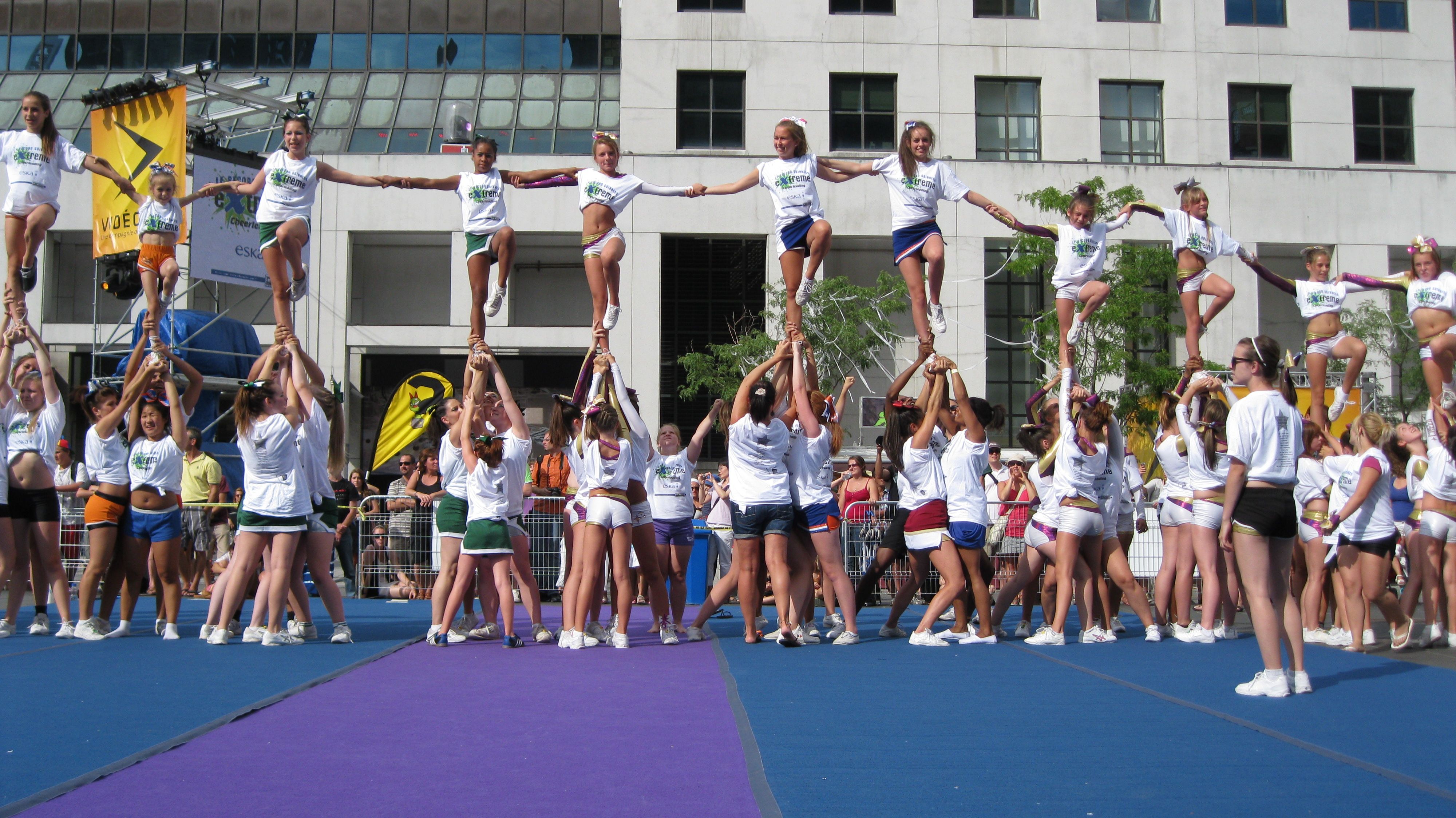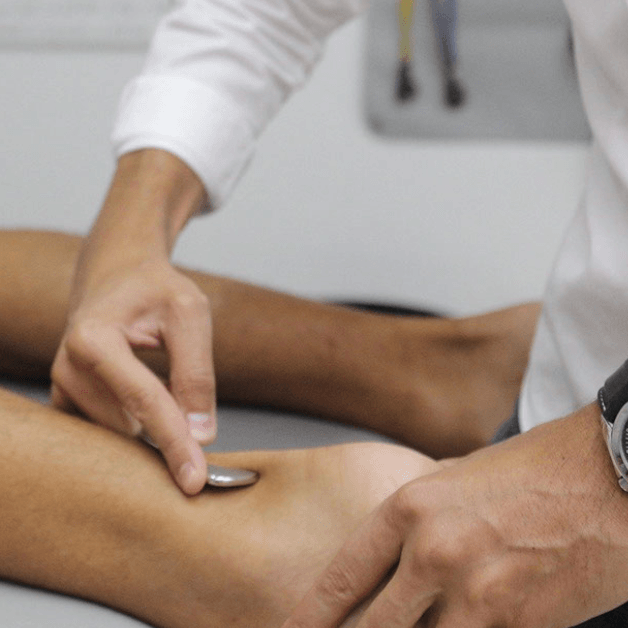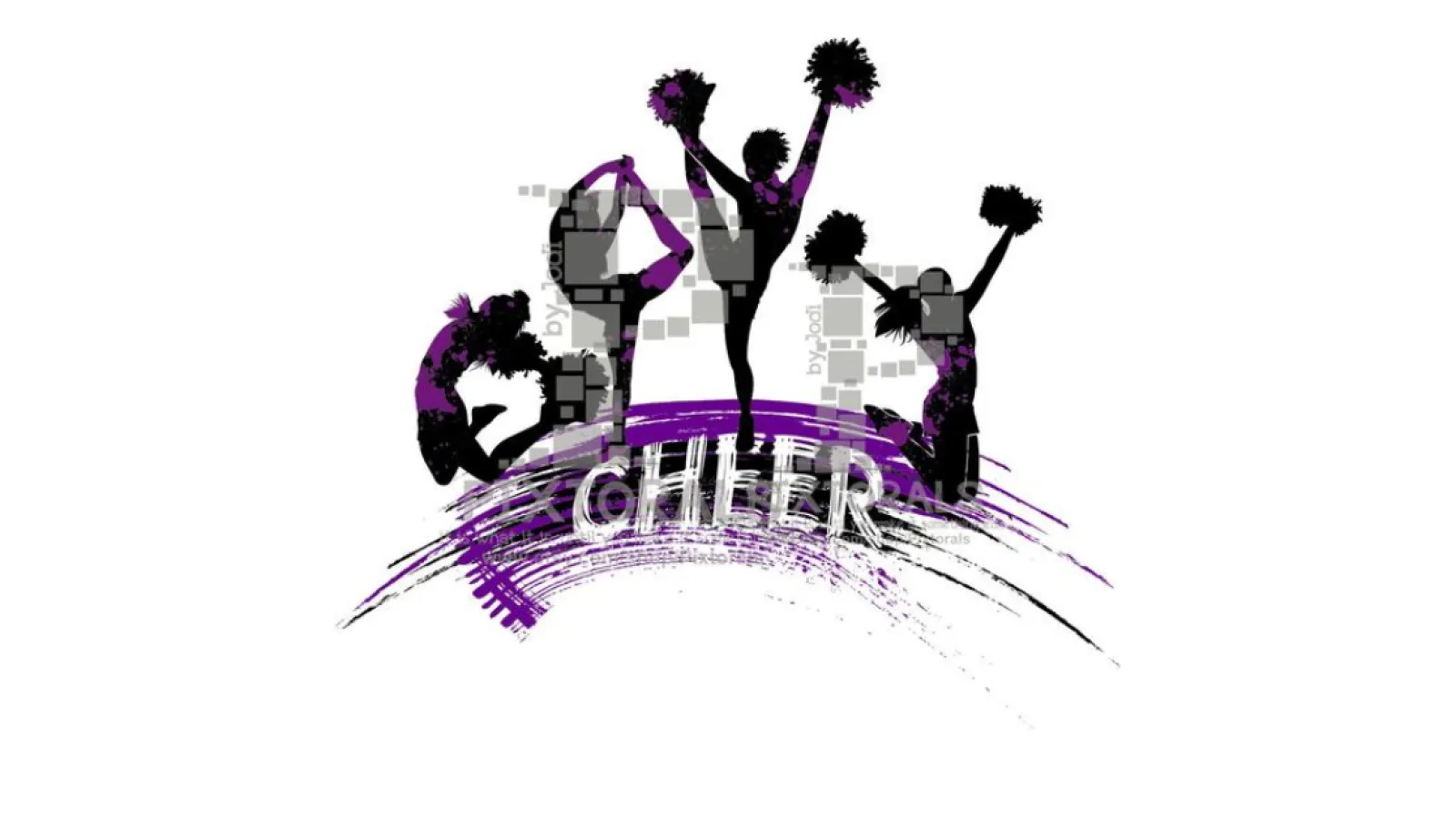Spring is here and so is cheer! We have officially entered into the competitive cheerleading season across the country. Even though cheerleading is considered a year-round sport, competitions are back in full swing after a brief pause due to COVID-19. Many teams are hoping to qualify for a national bid to compete with the most elite athletes in the world.
If you've seen competitive cheerleading recently, you know it's not just waving pom poms around anymore. Modern-day cheerleading is a highly competitive sport that is both physically and mentally demanding. Competitive cheerleading incorporates several variations of acrobatic skills including stunting, tumbling and jumping - each requiring their own set of skills and posing their own risk of injury.

Competitive cheerleading has become a world of its own. The pressure is on to do bigger stunts, harder tumbling passes, and more action-packed routines to take home coveted state and national titles. As you can imagine, flipping, flying and jumping through the air comes with its fair share of injuries. The areas of the body most commonly injured in cheerleading include:
- Wrists
- Shoulders
- Ankles
- Knees
- Head/neck
- Back
These injuries can range from muscle strains and ligament sprains to complete tears which require surgical repair. Other injuries, such as fractures and dislocations can occur to even more catastrophic injuries such as spinal cord injury or traumatic brain injury. The most common mechanisms of injury are basing/spotting stunts, tumbling and falls from stunting. It is important that cheerleaders, coaches, and medical professionals are aware of the skills required so that they may adequately train and treat athletes if injury does occur.
Some risk factors for injury include cheerleaders who have sustained previous injuries, perform stunts and tumbling passes, and have coaches with low level of training and experience. The most important components of injury prevention include coach education and proper conditioning. Due to the nature of the sport, it is important that both coaches and athletes progress through a series of trainings to teach and learn basic skills before advancing to the next level. Coaches should be comfortable teaching all skill levels and knowing when to safely progress an athlete to a new skill.
Coaches should be up to date with the strength and conditioning requirements to safely perform cheerleading skills. It is recommended that a pre-season strength and conditioning program begin at least 3-4 months prior to the onset of the competition season. This program should focus on building a solid core foundation, lower extremity strength/endurance and shoulder stabilization. Additionally, coaches should begin building skill sets 5-6 months prior to competition season to ensure athletes are prepared to perform the higher-level stunts required for a routine.

Many injuries can be
treated through physical therapy including strains, sprains, fractures,
dislocations, concussions, spinal cord injuries, traumatic brain injuries,
surgical interventions and functional weaknesses. Physical therapists engage in
an examination process that includes taking the individual's history,
conducting a standardized systems review, and performing selected tests and
measures to identify potential and existing movement-related disorders. The
data gathered during history taking, including answers to review of systems
questions, enables the physical therapist to generate diagnostic hypotheses and
select specific tests and measures to identify and characterize signs,
symptoms, and risk of movement dysfunctions. To establish the individual's
specific diagnosis, prognosis, and plan of care through the evaluation process,
physical therapists synthesize the collected examination data and determine
whether the potential or existing disorders to be managed are within the scope
of physical therapist practice.
Based on their
subsequent judgments about diagnoses and prognoses, and considering an
individual's goals, physical therapists manage an individual by making referrals,
providing interventions, conducting reexaminations, and, as necessary,
modifying interventions to achieve the individual's goals and outcomes and to
determine a conclusion to the plan of care. The detailed physical therapist
examination and evaluation process is similar in structure across individuals,
but will vary in specific content based on the individual's needs.
It is impossible to
entirely prevent injuries in cheerleading. Injuries can seem small at first,
but they may grow into something more chronic if not treated in time. In most
cases, the quicker you seek treatment for your injury, the quicker you will
recover. No matter the injury, always feel free to reach out to your sports
medicine provider to help guide you on your road to recovery.
-----------------------------------------------

